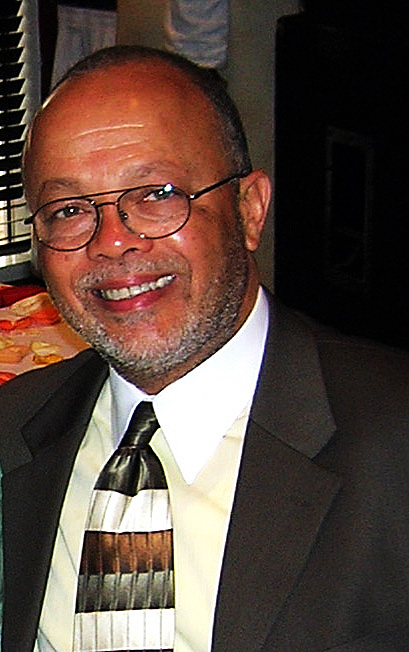
Driving into Lot “C” of the Roanoke Civic Center parking lot just after 5 a.m. on July 19, one could see two buses taking on passengers. Also on hand to celebrate a little was Roanoke Mayor David Bowers, who wasn’t making the trip himself, but was there to send off the passengers on the “maiden voyage” and hand out doughnuts.
Another dignitary in attendance was State Senator John Edwards, who had helped make this service possible by securing the necessary funds. Pulling out of the lot at 5:50 a.m., the bus turned left onto Orange Avenue-Route 460. Along the way, it stopped in Bedford to pick up additional passengers. At 7:18 a.m., the bus pulled into the Kemper Street Railroad Station in Lynchburg, where the passengers boarded an Amtrak train that would take them to their various destinations.
Thus the inaugural ride of the new Smart Way Connector bus service—that will connect Roanoke to the Amtrak train in Lynchburg—went off without a hitch. The ultimate goal of the service is to demonstrate the necessity of rail travel from Roanoke, with train trips originating from the O. Winston Link Museum building.
Carl L. Palmer, general manager of Roanoke’s Valley Metro, one of those who made the ride from Roanoke to Lynchburg, said, “Hopefully at the end of this year, the ridership [volume] will demonstrate the demand [and] ultimately bring passenger rail service to Roanoke. So this is just an interim step to demonstrate the need and the demand for passenger service coming to Roanoke.”
Another passenger, eighteen-year-old Olivia Harding, whiled away her time aboard the bus reading a book. She was making the trip to visit a friend in Connecticut, and needed a way to get to Lynchburg since her parents didn’t want her to take a car. “This is just really convenient. They could drop me off and then I could get to Lynchburg.” As to whether her parents were concerned about making this trip given her age, “They trust me,” said Harding.
Philadelphia-bound Brad Kerchof, who works as a director of research for Norfolk Southern Railway, was making his second trip riding to Lynchburg in order to board a train for a trip to the Northeast. “As a rider,” he said, “I’d certainly like to see service come to Roanoke. [Concerning] whether our railroad would be comfortable operating passenger trains, that’s another subject.”
Kerchof learned about the initiation of the Smart Way service in part from his wife. “Both of us are big fans of mass transit, and if we have an opportunity to take a bus or train in lieu of driving, we certainly look at that option. I think to be able to get in a bus and not worry about driving the hour to Lynchburg, or [not deal with] parking or having a family member drive me to Lynchburg—this is a wonderful alternative.”
Another railroad employee, Garland Harper, a ticket officer with the Amtrak office in Lynchburg, wasn’t taking the train this day but simply made the trip so he could say he rode the initial connecting bus from Roanoke to Lynchburg. “I’m just out here to see how things go in Lynchburg with unloading the passengers. I’m curious to see how this will pan out.”
While he doesn’t know if the new bus service will lead to passenger rail service coming to Roanoke, Harper still touts its convenience as a way to reach Lynchburg. “Parking in Lynchburg is very, very tight. I don’t think anyone anticipated how many people would be using a train, and a lot of people do drive in from many outlying areas—Roanoke and Smith Mountain Lake—and they travel quite a bit of distance to get to Lynchburg to catch the train. Anything to reduce the number of cars coming to Lynchburg is a welcome thing.”
At 7:18 a.m., over an hour after departing Roanoke, the bus pulled into Lynchburg. Asked for her reaction to how the ride went, Lydia Celin said, “I thought it was excellent [but] I think they need to leave about ten minutes earlier.”
Returning to Roanoke, Carl Palmer was also in good spirits. “The ride went extremely well. We were very happy, and we were within two minutes of being on time coming and going.”

